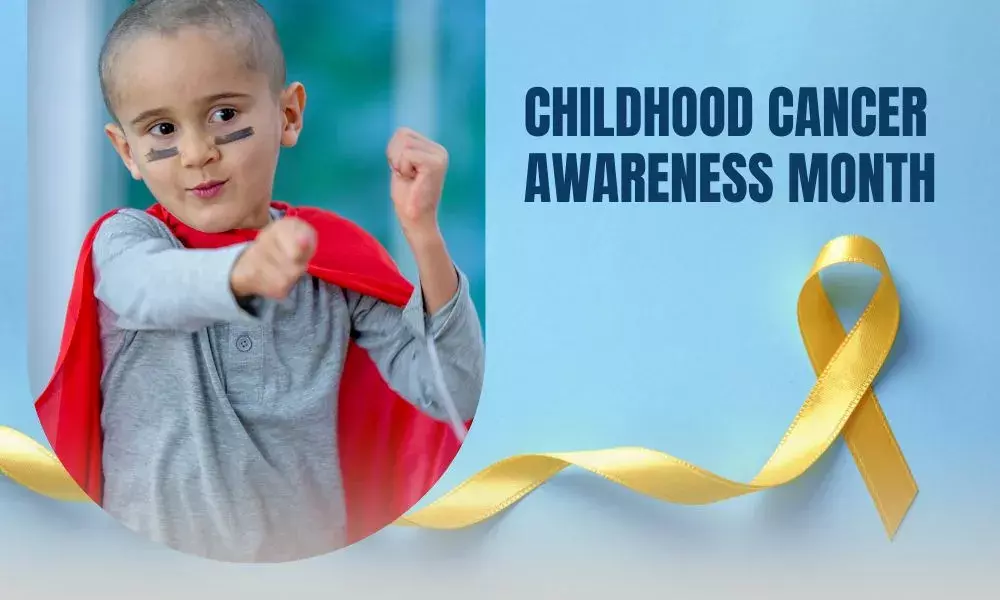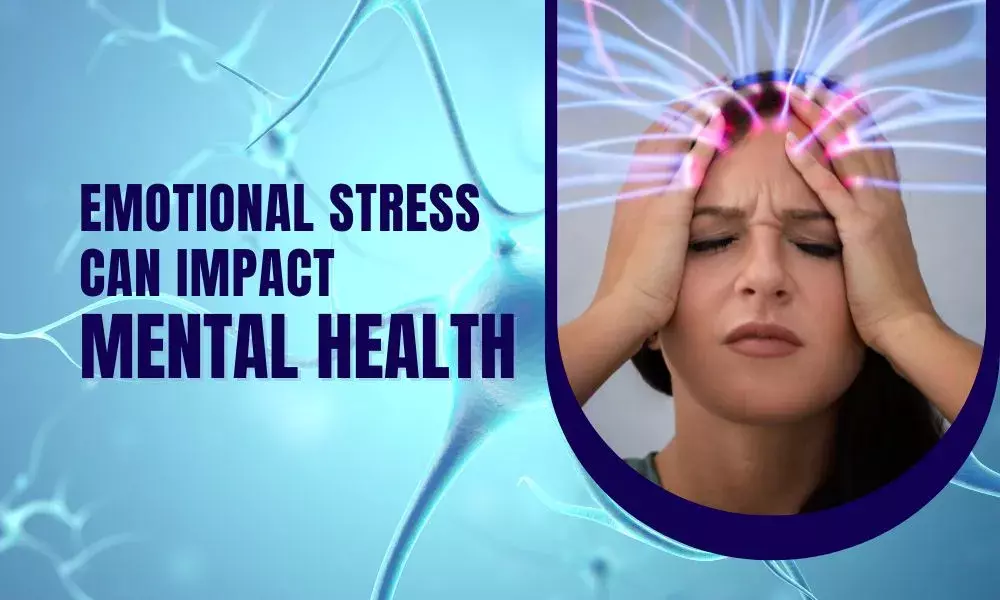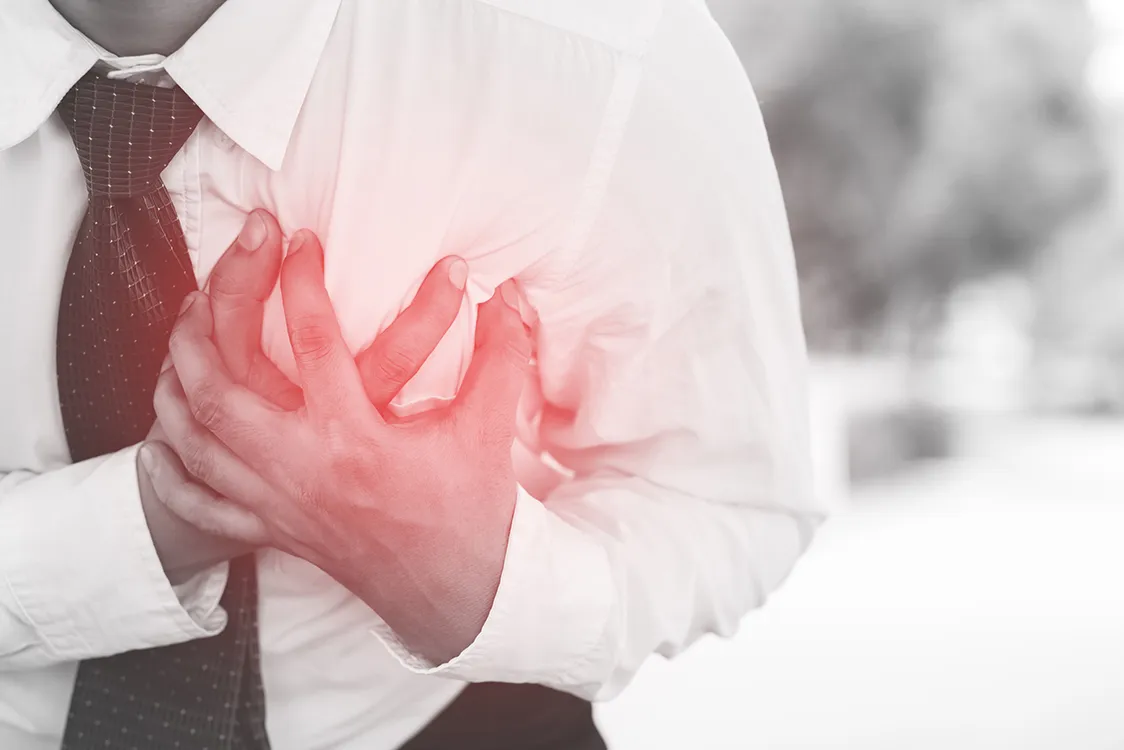September is a month dedicated to childhood cancer and is observed as “Childhood Cancer Awareness Month” by childhood cancer organizations across the globe. Childhood cancer is rare but in recent past there have been a surge in these cases affecting lives of many innocent children.
As per the World Health Organisation (WHO), 400,000 children and adolescents develop cancer every year worldwide*.
What is childhood cancer?
Cancer in children may occur anywhere in the body, including the blood, brain, spinal cord, lymph node systems, kidneys, and other organs and tissues.
Generally, there is no known cause for childhood cancers. Cancer may behave very differently in children than from adult cancers, even if it is in the same part of the body.
Cancer begins when healthy cells behave differently and multiply rapidly. In most of the cancer types, the cancerous cells form a mass or lump called a tumour. A tumour can be cancerous or benign.
A cancerous tumour is often malignant, that means it may grow and spread to other parts of the body. On the contrary a benign tumor may not grow or spread to other parts of the body.
Types of childhood cancer
Childhood cancer, is also called as pediatric cancer. It is a general term used to describe a range of cancer types diagnosed in children. Below are the certain cancer types in children:
-
Leukaemia
-
Brain and spinal cord tumors also called central nervous system (CNS)
-
Neuroblastoma and Retinoblastoma
-
Non-Hodgkin lymphoma and Hodgkin lymphoma
-
Wilms tumor a type of kidney tumor
-
Rhabdomyosarcoma a type of tumour that begins in the skeletal muscles.
-
Germ cell tumors rare tumours that begin in the testicles of boys or ovaries of girls.
-
Osteosarcoma and Ewing sarcoma tumors
-
Pleuropulmonary blastoma
-
Hepatoblastoma and hepatocellular
Symptoms of Childhood Cancer
Childhood cancer may be overwhelming for parents. But the good news is that more than 80% of child hood cancer have shown good recovery and survival*.
This only implies that with good treatment a child can survive through cancer and lead a normal life. There are many survival stories for childhood cancer across the globe.
But the most important factor for a successful survival is early detection of symptoms. Most of the symptoms of childhood cancer may look like normal ailments like headache, stomach ache, tiredness, bruises etc. But they should be observed and addressed well. Let us have a detailed look at the symptoms
-
C – Constant unexplained weight loss.
-
H – Frequent headache accompanied with early morning vomiting.
-
I – Increased swelling or pain in child’s bones, joints, back or legs.
-
L – Lump or mass, especially in child’s belly, chest, armpit, neck, or pelvis.
-
D – Development of excessive bleeding, rash or bruising.
-
C – Constant or persistent infections.
-
A – A pale or whitish colour behind the pupil of child’s eye.
-
N – Nausea that may persist for few days.
-
C – Constant tiredness.
-
E – Eye or vision changes that may occur suddenly and persist.
-
R – Recurring or persistent fevers of unknown origin.
In case the above symptoms occur constantly it should be considered an alarming indication and doctor must be consulted.
Three important factors for recovery
Childhood cancers in more than 80% cases is curable and can be cured with generic medicines and other forms of treatment, including surgery and radiotherapy.
Early diagnosis
Early diagnosis and detection of cancer in children can enhance their rate of survival and recovery radically. At an early-stage cancer is more likely to respond better and faster to the treatment and result in a greater probability of survival, less suffering, and often less expensive and less intensive treatment.
Significant improvements can be made in the lives of children with cancer by detecting cancer early and avoiding delays in care. A correct diagnosis is essential to treat children with cancer because each cancer requires a specific treatment regimen that may include surgery, radiotherapy, and chemotherapy.
Early diagnosis consists of three components:
-
awareness of symptoms by families and primary care providers;
-
accurate and timely clinical evaluation, diagnosis, and staging (determining the extent to which a cancer has spread); and
-
access to prompt treatment.
Treatment
Correct diagnosis is essential to prescribe appropriate therapy for the type and extent of the disease. Standard therapies include chemotherapy, surgery and/or radiotherapy.
Post diagnosis the treatment must not be delayed, the early the treatment commences, the chances of recovery are brighter.
Children also need special attention to their continued physical and cognitive growth and nutritional status, which requires a dedicated, multi-disciplinary team. Along with treatment special care of child’s nutrition must be taken care of.
Palliative care
In case of children palliative care is crucial. It relieves symptoms caused by cancer and improves the quality of life of patients and their families. Not all children with cancer can be cured, but relief of suffering is possible for everyone.
Pediatric palliative care is considered a core component of comprehensive care, starting when the illness is diagnosed and continuing throughout treatment and care, regardless of whether a child receives treatment with curative intent.
One cannot prevent childhood cancer, however with early detection, proper treatment and good pre and post treatment care, a child can survive cancer and lead a normal life.
Battling Cancer becomes easy when a cancer patient has someone to talk and to share. We invite cancer patients, survivors, and their relatives to join our vibrant Onco Cancer Care Community on Facebook. Let us join and make this journey great for each other.
Data Source: Childhood cancer (who.int)





